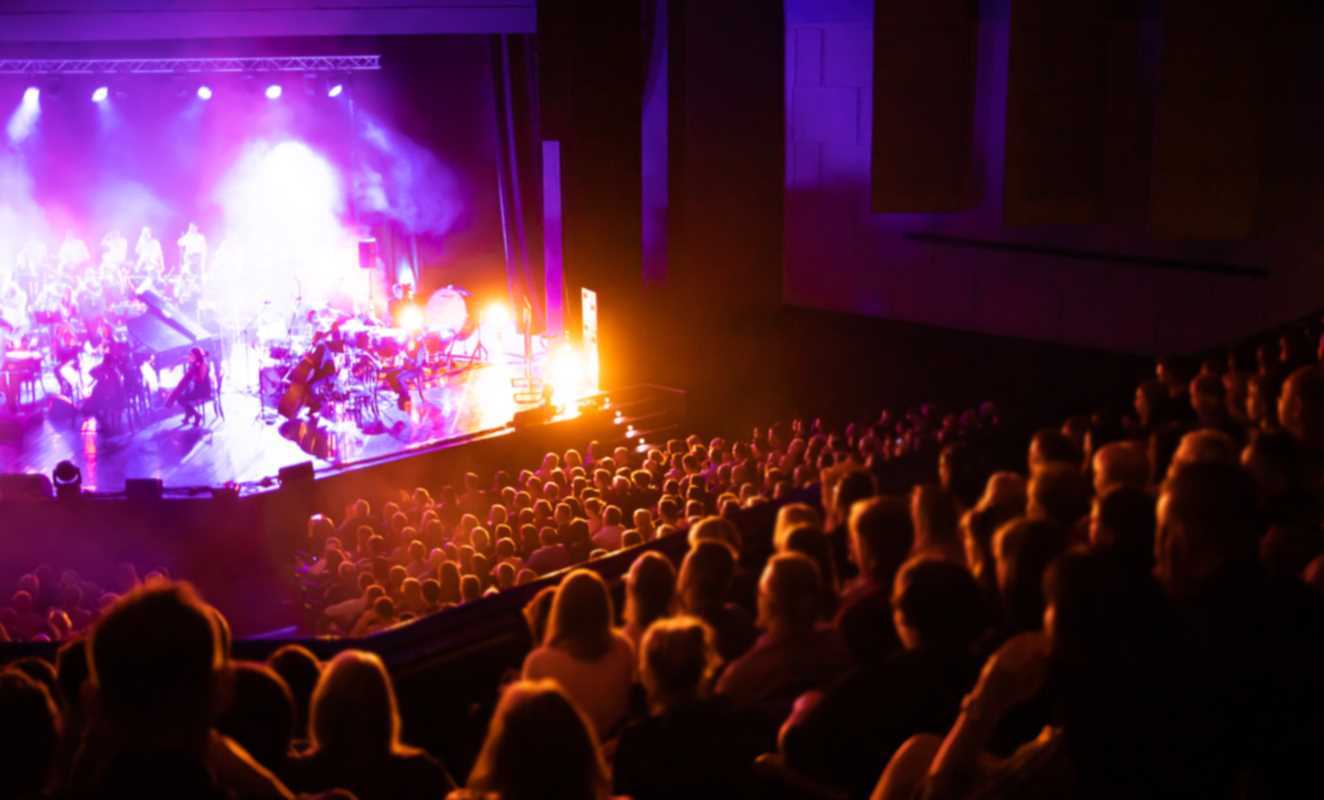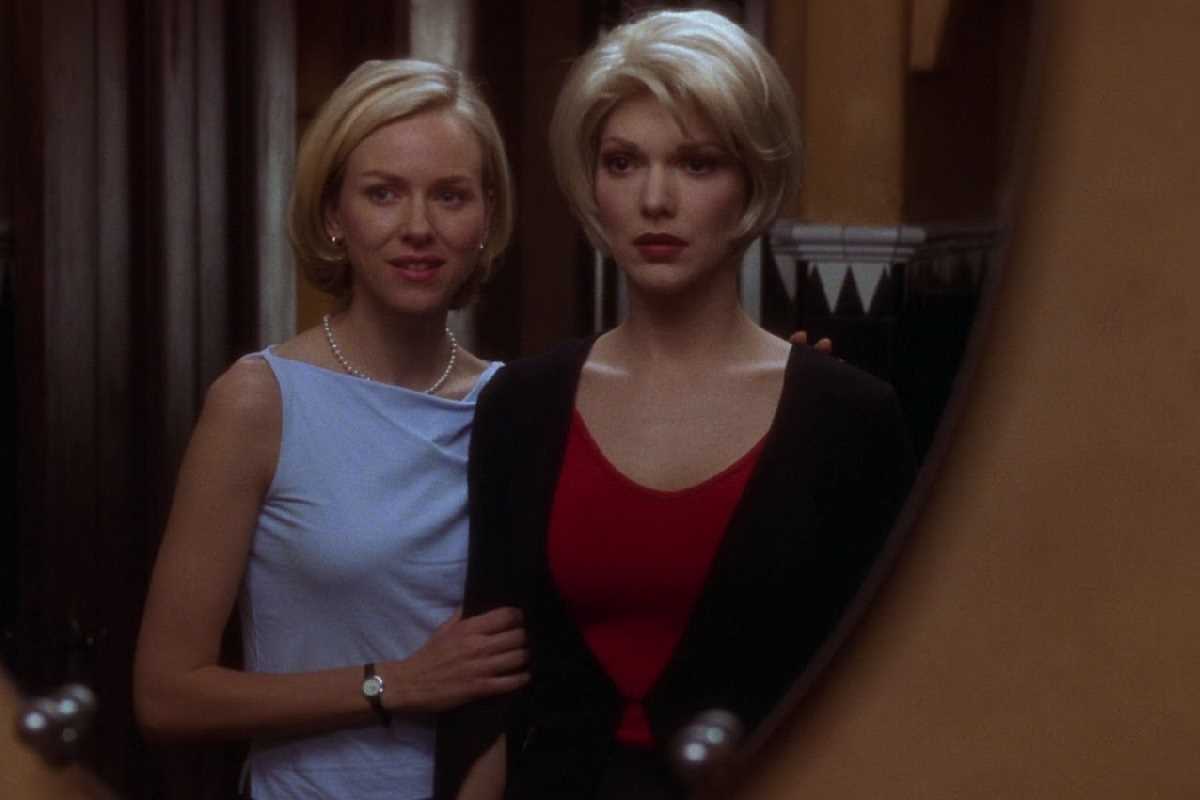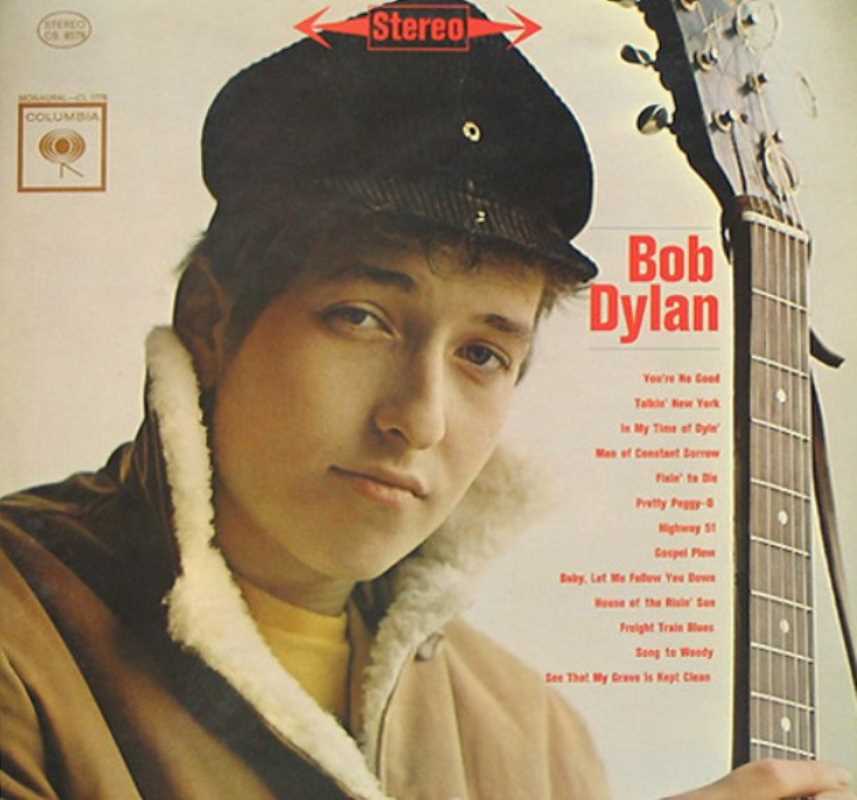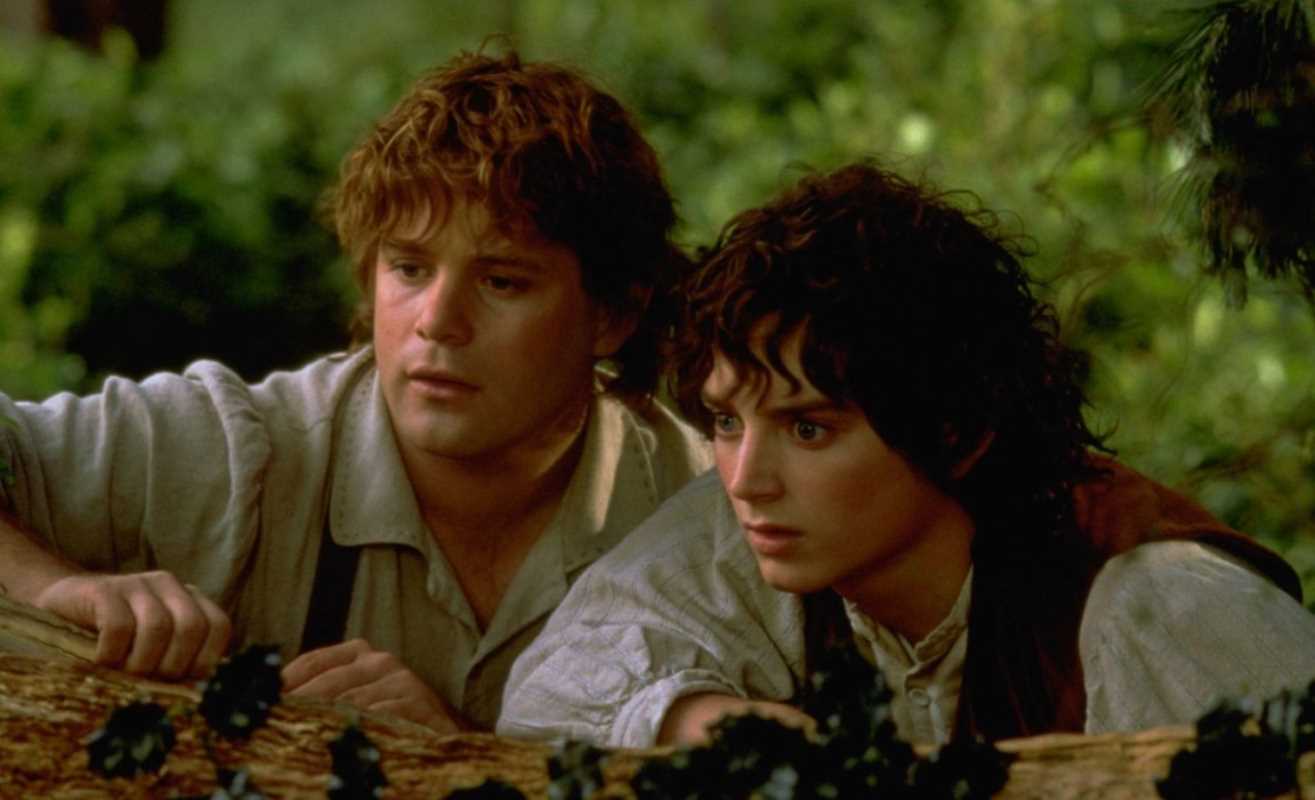Since its inception, Star Wars has been a universe populated by a wide array of non-human species, each contributing to the rich, diverse tapestry of the galaxy. These species are not mere background elements; they are integral to the franchise's storylines, character arcs, and thematic explorations. From the wise Yoda to the rebellious Wookiee Chewbacca, Star Wars has used its non-human characters to reflect societal issues, challenge perceptions, and create a sense of unity and diversity in a world often divided by race, species, and ideology. These characters and species are far from being simple plot devices—they represent complex cultural identities and serve to question norms in both the fictional galaxy and in the real world.
Cultural Reflection and Diversity Through Non-Human Species
One of the most notable aspects of non-human species in Star Wars is how they reflect the real world’s issues with diversity, racism, and social inclusion. Many of these species represent marginalized or misunderstood groups that face prejudice from the dominant human-led factions.
- The Wookiees and Chewbacca: Chewbacca, the iconic Wookiee, is perhaps one of the most famous non-human characters. His race, the Wookiees, is often depicted as fierce and loyal, yet misunderstood by human characters. In A New Hope, Han Solo's relationship with Chewbacca shows how bonds can transcend species and the prejudices that might exist between them. The Wookiee’s presence in the Rebellion challenges the human-centric views of the galaxy, and their fight for freedom parallels real-world struggles against oppression.
- The Gungans and Jar Jar Binks: In The Phantom Menace, the Gungans, particularly Jar Jar Binks, were introduced as an alien race with their own distinct culture, language, and way of life. While Jar Jar’s character often receives mixed responses, the Gungans' storyline in the film introduces themes of cultural misunderstanding and unity. Their alliance with the humans of Naboo shows how cooperation between different species can overcome adversity. The Gungans, like other non-human species, reflect how fear of the unknown and racism can influence political relationships and perceptions.
- The Twi'leks, Rodians, and Other Species in Mos Eisley Cantina: The Mos Eisley Cantina in A New Hope is a key location for showcasing the diversity of the galaxy’s species. The Twi'leks, Rodians, and other beings in this establishment represent the variety of cultures, traditions, and backgrounds found in the galaxy. The Cantina is a microcosm of the larger galaxy, where different species, despite their differences, come together for a shared purpose. The interactions between human and non-human characters in this setting highlight the complexities of interspecies relationships, such as how humans view or interact with non-human beings.
Non-Human Species as Symbols of Wisdom, Strength, and Morality
In addition to reflecting societal issues, many non-human species in Star Wars serve as symbols of wisdom, strength, and morality. These characters often provide guidance, courage, and insights to human protagonists, helping to develop the film's themes of heroism, self-discovery, and justice.
- Yoda and the Jedi Order: Yoda, the diminutive green Jedi Master, is one of the most iconic non-human characters in the Star Wars universe. Despite his small size, Yoda represents immense wisdom, strength, and moral clarity. As a member of the ancient and revered Jedi Order, his species demonstrates the theme of inner strength over external appearance, teaching that one’s abilities and moral character define their worth rather than physical traits. Yoda's role as a mentor to Luke Skywalker and others emphasizes the importance of perspective, patience, and the pursuit of knowledge. His species, though rarely seen, is associated with a deeper understanding of the Force, marking them as sages in the galaxy.
- The Ewoks and the Power of Unity: In Return of the Jedi, the Ewoks, a primitive yet resourceful species, play a pivotal role in the defeat of the Empire. These small, furry creatures, initially underestimated by the human characters, prove that unity and ingenuity can overcome even the most powerful foes. The Ewoks serve as a reminder that strength does not always lie in size or technology but in the ability to collaborate and use one’s unique talents. Their role in the final battle on Endor is a testament to the theme of unity over division, showing how even the most marginalized or seemingly powerless species can play an important role in shaping the fate of the galaxy.
- The Mandalorians and Cultural Identity: While not entirely non-human, the Mandalorians, a warrior culture that includes both humans and aliens, are central to Star Wars lore. Their code of honor, strength, and warrior spirit transcends species, with many non-human Mandalorians taking key roles in the galaxy’s military and political conflicts. Characters like Bo-Katan Kryze from The Clone Wars and The Mandalorian exemplify how non-human species can contribute to cultural identity and collective memory, highlighting the Mandalorians’ significance as a powerful, independent faction.
The Role of Non-Human Species in the Galactic Politics
Non-human species in Star Wars also play a critical role in the galaxy’s political landscape. These species often represent the various factions, ideologies, and movements that make up the complex structure of the Star Wars universe.
- The Separatists and the Droids: In The Clone Wars, the Separatist Alliance and its droid army, led by General Grievous and the droid commanders, highlight the use of non-human entities in warfare. The droids, while technically artificial beings, symbolize the growing importance of technology and automation in war. Their role in the galactic conflict also reflects how political powers can dehumanize entire groups, viewing them as expendable tools rather than sentient beings with agency.
- The Twi'leks and the Hutt Cartel: The Twi'leks, represented by characters like Aayla Secura and Bib Fortuna, are involved in various political and criminal organizations throughout the galaxy, including the Hutt Cartel. Their storylines often intersect with themes of power, control, and survival. The political dynamics within the galaxy show how non-human species navigate systems of oppression and subjugation, reflecting the challenges faced by marginalized groups in real-world societies.
Non-Human Species as Agents of Change
In Star Wars, non-human species are not simply passive observers of the galaxy’s events—they are agents of change. Whether as heroes, rebels, or political leaders, these characters actively shape the fate of the galaxy, often in ways that reflect the core values of the Star Wars saga: justice, freedom, and unity.
- The Resistance and the Diverse Species: The Resistance in the sequel trilogy brings together individuals from across species and backgrounds, showcasing how the galaxy’s diversity is essential to its fight against tyranny. Characters like Rose Tico, a human from a humble background, and the various alien members of the Resistance, demonstrate that the battle for freedom is not limited to one group, but is a collective effort that transcends species and backgrounds.
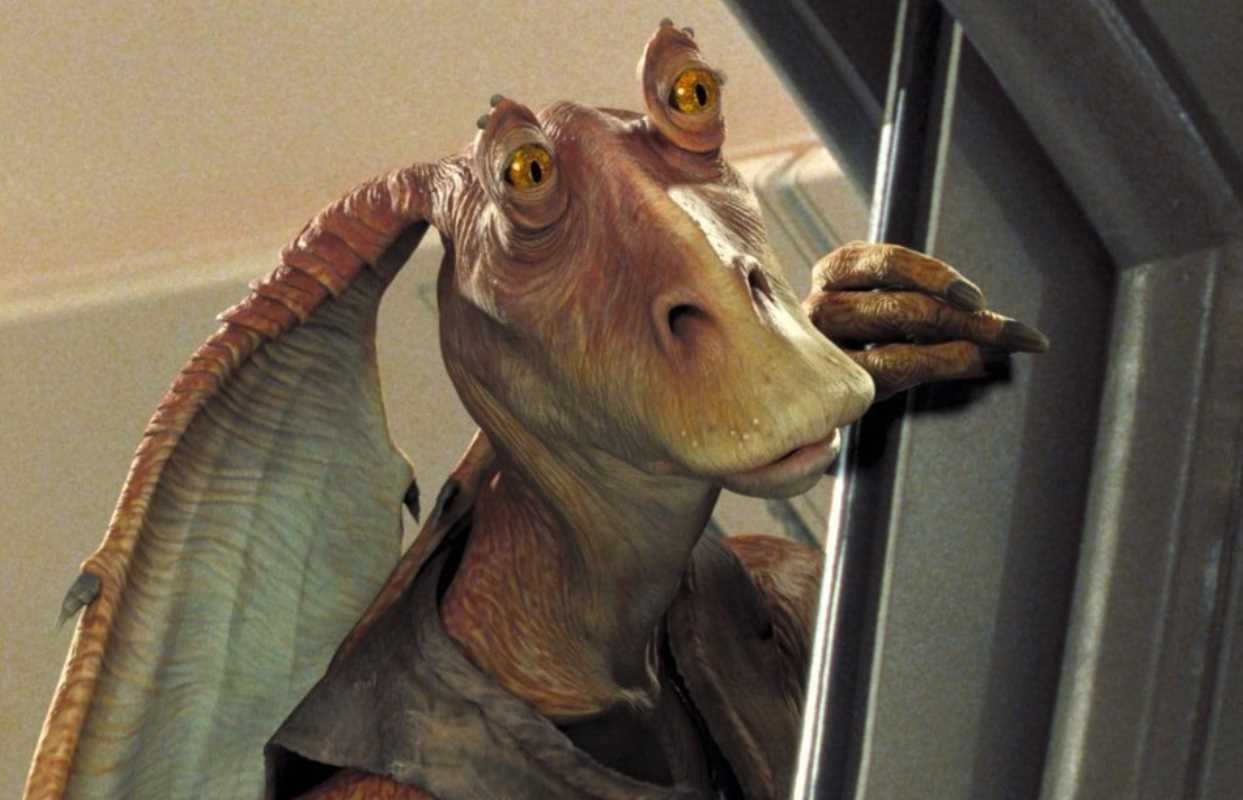 (Image source: Lucasfilm Ltd.)
(Image source: Lucasfilm Ltd.) 